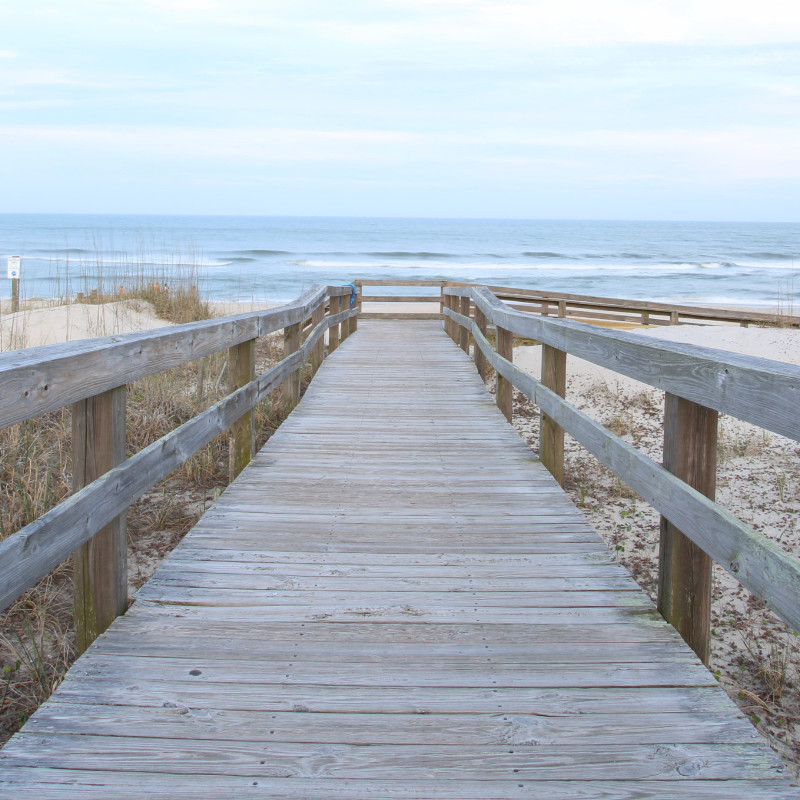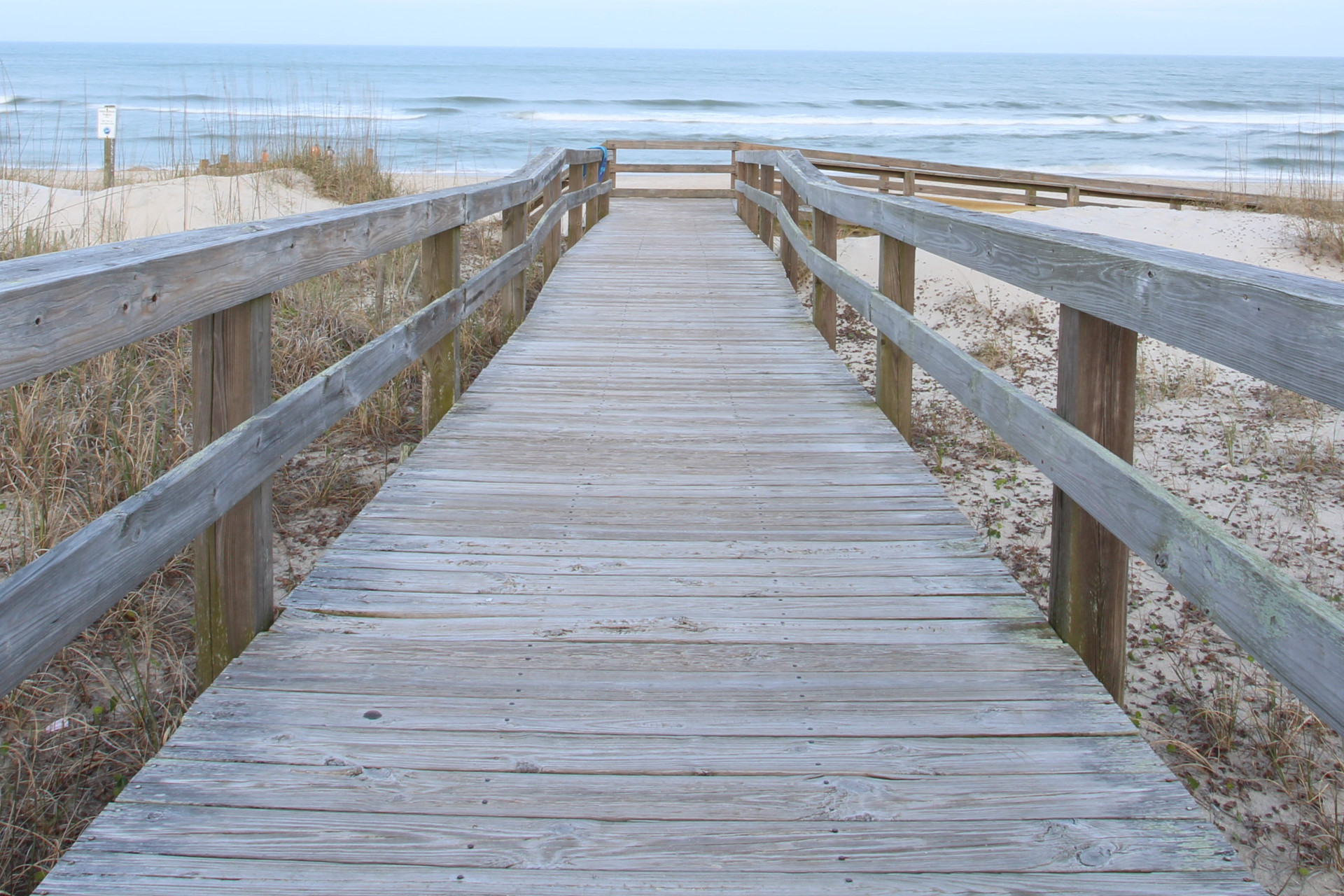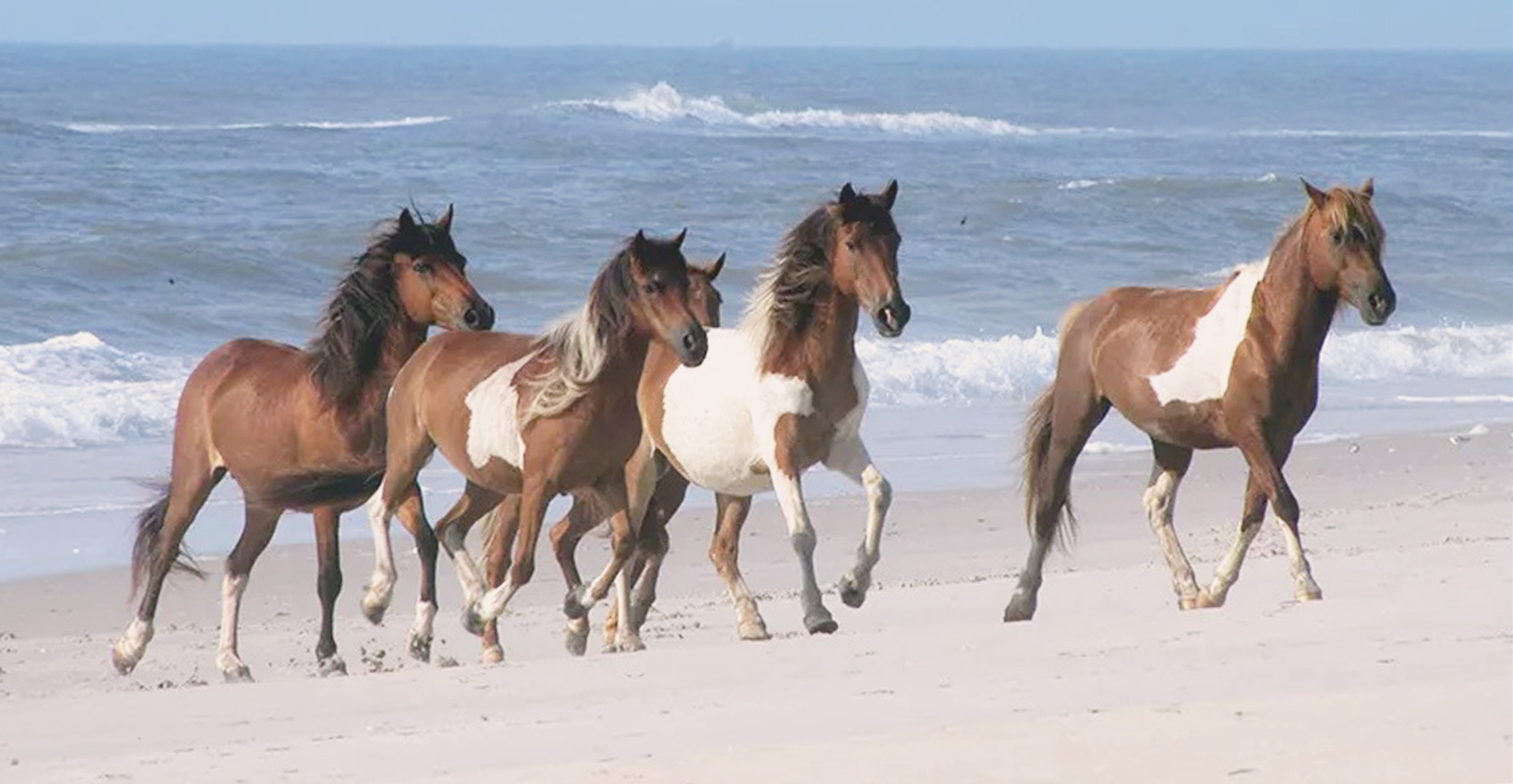29
Jul 2024
Nestled between the Atlantic Ocean and Sinepuxent Bay, Assateague Island, Virginia, holds a rich tapestry of history that dates back thousands of years. This enchanting barrier island offers visitors a glimpse into the past as they explore its diverse landscapes, encounter its abundant wildlife, and discover the stories of those who have shaped its legacy.
Native American Heritage:
Assateague Island was home to Native American tribes for centuries before European settlers arrived. The Assateagues, a branch of the Powhatan Confederacy, were the island's original inhabitants. They lived in harmony with the environment, relying on fishing, hunting, and gathering for sustenance. Archaeological evidence suggests that the island was a significant trade and cultural center for Native American tribes in the region.
European Exploration and Colonization:
In the 16th century, European explorers arrived on Assateague Island. Spanish explorer Lucas Vázquez de Ayllón was one of the first Europeans to document the island's existence. Later, English colonists established a settlement on Assateague in the 17th century. However, due to harsh living conditions and frequent storms, the settlement was eventually abandoned.
The Pony Express:
One of the most iconic aspects of Assateague Island is its wild ponies. These sturdy and resilient ponies are descendants of horses brought to the island by Spanish explorers in the 16th century. Over time, the ponies adapted to the island's environment and became feral. Today, they are a symbol of Assateague Island and a major tourist attraction.
Chincoteague and Assateague Pony Penning:
Every year, a unique tradition takes place on Assateague Island and its neighboring island, Chincoteague. The Chincoteague and Assateague Pony Penning is an annual event where wild ponies are rounded up and herded across the shallow waters of Assateague Channel. The ponies are then auctioned off to raise funds for local volunteer fire companies. This event has been immortalized in the children's book "Misty of Chincoteague" by Marguerite Henry.
The Assateague Lighthouse:
The Assateague Lighthouse stands sentinel at the southern end of the island. Constructed in 1867, the lighthouse served as a navigational aid for ships traveling along the Atlantic coast. The lighthouse has been restored and is now open to the public, offering breathtaking views of the surrounding landscape.
Conservation and Preservation:
In the 20th century, Assateague Island became a focal point for conservation and preservation efforts. In 1965, the Assateague Island National Seashore was established to protect the island's natural resources and cultural heritage. Today, the National Seashore encompasses over 40,000 acres of pristine beaches, dunes, maritime forests, and wetlands.
Modern-Day Assateague Island:
Assateague Island has transformed into a popular tourist destination while maintaining its natural beauty and historical significance. Visitors can enjoy camping, hiking, swimming, fishing, kayaking, and wildlife watching. The island is also home to the Assateague Island Visitor Center, which provides educational programs and exhibits about the island's history and ecology.
As you explore Assateague Island, Virginia, take a moment to appreciate the rich tapestry of history that surrounds you. From its Native American roots to the Pony Penning tradition and the preservation efforts of the National Seashore, Assateague Island offers a glimpse into the past while inviting visitors to create new memories in this enchanting coastal paradise.






